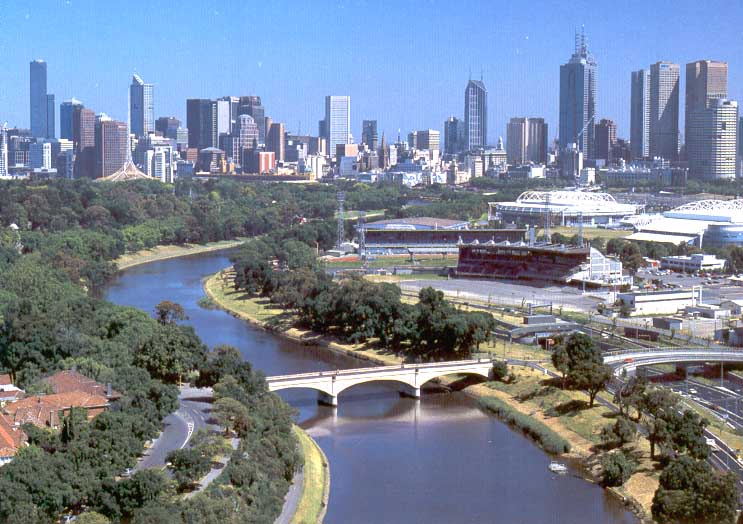Last week there was a lot of coverage of issues related to immigration, population growth, and urban growth after the state planning minister said that Melbourne's urban-growth boundary urban-growth boundary will not be moved again in his lifetime. This prompted a variety of soul searching coverage from various Australian news outlets, typically bringing up a lot of worries:
there's not enough water, there's already too much traffic, sprawl is becoming a problem, but there isn't enough space in the current urban area for all these people....
A conversation about how large cities “want” to grow is worth having (though we should not confuse having the conversation with the notion that anyone can directly control this phenomenon). As many will point out, this is fundamentally about quality of life, and the values of the people who already live here. A common worry is that adding so many people within the city’s boundaries will make the whole place simply unlivable. So, by this logic if we want to maintain the status quo of pleasant urban life (after all, Melbourne is apparently the third most livable city in the world), the thing to do is either limit population growth, or expand the city's geographic boundaries.
But this is oversimplifying the problem in a couple of ways. First, the number of people in a city is not necessarily the factor which determines the livability of a place. New York City is far denser than Phoenix, but this does not make it an inherently worse place to live. In fact, I think NYC's density is one of its best attributes. Far more important to me than the sheer number of people in a city is how those people are accommodated. If it is through sprawling development connected by large roads you get one outcome, which I happen to dislike. On the other hand, we can encourage density, effective public transportation, and plenty of green open spaces within urban areas, and get an entirely different outcome, which I happen to favor. These different pathways have consequences for all kinds of other interconnected problems beyond livability: sustainability, water use, energy intensity, carbon emissions, public health... the list goes on.
Secondly, presented as a problem of how the people here want this place to be, the debate is far too myopic. Large cities cannot take an isolationist approach, charting a plan that ignores and even shuts out the problems of the country and the world. The Sydney Morning Herald pointed this out:
Secondly, presented as a problem of how the people here want this place to be, the debate is far too myopic. Large cities cannot take an isolationist approach, charting a plan that ignores and even shuts out the problems of the country and the world. The Sydney Morning Herald pointed this out:
As the experts tackle the future shape of Melbourne, Sydney and Brisbane, they ought to keep half an eye on the bursting mega-cities and rural poor in Africa, Asia, Latin America and the Middle East. It would show both conceit and naivete to advocate that this vast continent simply shut its doors and leave the rest of the world to its problems.
To put this in perspective, consider a story about a US-China partnership to develop zero emission cars, which was discussed in Andy Revkin’s New York Times blog “Dot Earth” recently. Revkin found valuable insight in the comments of Professor Lee Schipper (Stanford/Berkeley):
He’s quite worried that the program is looking at cars mainly from an energy-efficiency context, instead of how they will shape and affect China’s fast-expanding cities in a larger sense. “Creating a zero-carbon car for China tomorrow won’t solve the much bigger problems of urban congestion, traffic fatalities and the paving over of once-beautiful cities to make room for more cars,” Dr. Schipper said. “The discussions should back up. Energy is only a means to an end. What are the ends, urban access and mobility, or cars for a small minority?”
Similarly, population size is only one indicator of how a place is, and controlling it is only one means among many. This type of thinking is missing from what I’ve seen in the discussion here in Melbourne so far.




No comments:
Post a Comment
Note: Only a member of this blog may post a comment.